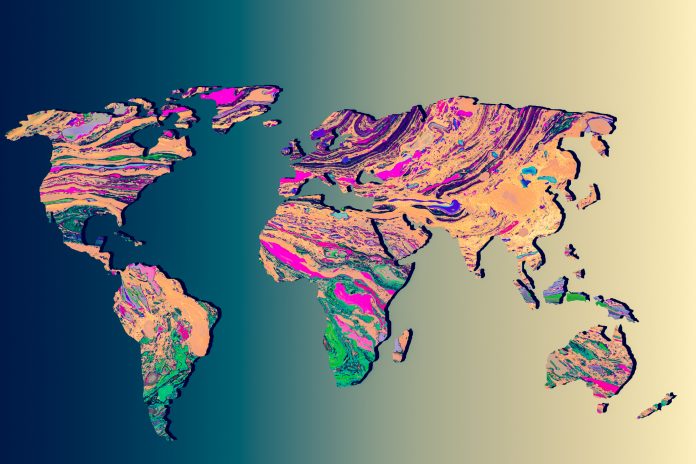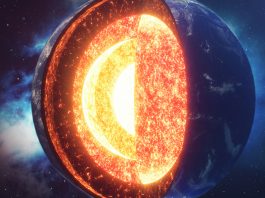Earth’s continents are part of what makes our planet uniquely habitable for life among the planets of the solar system, yet surprisingly little is understood about these areas of land and their properties.
A team of researchers have deepened our understanding of the Earth’s continents and crust by testing and ultimately eliminating one popular hypothesis about why the continental crust is lower in iron and more oxidised compared to the oceanic crust.
This U.S. National Science Foundation-supported research was led by Megan Holycross at Cornell University and Elizabeth Cottrell at the National Museum of Natural History.
Vast portions of the Earth’s surface stands above sea level acting as dry land and allowing terrestrial life possible this is due to the iron-poor compositions of the continental crust.
Exploring iron-depleted, oxidised chemistry to understand Earth’s continents and their crusts
Published in Science, this new study used laboratory experiments to show that the iron-depleted, oxidised chemistry typical of Earth’s continental crust likely did not come from crystallisation of the mineral garnet, as a popular explanation proposed in 2018.
Continental arc volcanos are now thought to be the source of the building blocks of new continental crust – these can be found at subduction zones where an oceanic plate dives beneath a continental plate.
Disproving the garnet explanation for our Earth’s continents
For the 2018 garnet explanation of the continental crust’s iron-depleted and oxidised state, the crystallisation of garnet in the magmas beneath these continental arc volcanoes was thought to remove non-oxidised iron (reduced or ferrous, as it is known among scientists) from the terrestrial plates. During this, it would simultaneously deplete the molten magma of iron, leaving it more oxidised.
Though 13 experiments, Cottrell and Holycross grew samples of garnet from molten rock inside the piston-cylinder press under pressures and temperatures designed to simulate conditions inside magma chambers deep in Earth’s crust.
Using pressure ranging from 1.5 to 3 gigapascals, roughly 15,000 to 30,000 Earth atmospheres of pressure or 8,000 times more pressure than inside a can of soda.
Temperatures ranged from 950 to 1,230 degrees Celsius, which is hot enough to melt rock.
Next, the team collected garnets from researchers around the world. Crucially, this group of garnets had already been analysed so their concentrations of oxidised and unoxidised iron were known.
Finally, the study authors took the materials from their experiments and those gathered from collections to the Advanced Photon Source at the U.S. Department of Energy’s
Argonne National Laboratory in Illinois and merged the information.
There the team used high-energy X-ray beams to conduct X-ray absorption spectroscopy, a technique that can tell scientists about the structure and composition of materials based on how they absorb X-rays. In this case, the researchers were looking into the concentrations of oxidised and unoxidised iron.
The samples with known ratios of oxidised and unoxidised iron provided a way to check and calibrate the team’s X-ray absorption spectroscopy measurements and facilitated comparison with the materials from their experiments.
What did the results reveal about why our Earth’s continents rose?
The results of these tests revealed that the garnets had not incorporated enough unoxidised iron from the rock samples to account for the levels of iron depletion and oxidation present in the magmas that are the building blocks of Earth’s continental crust.
Now the leading theory is that oxidised sulphur could be oxidising the iron.
“These results make the garnet crystallisation model an extremely unlikely explanation for why magmas from continental arc volcanoes are oxidised and iron depleted,” Cottrell said.
“It’s more likely that conditions in Earth’s mantle below continental crust are setting these oxidised conditions.”









